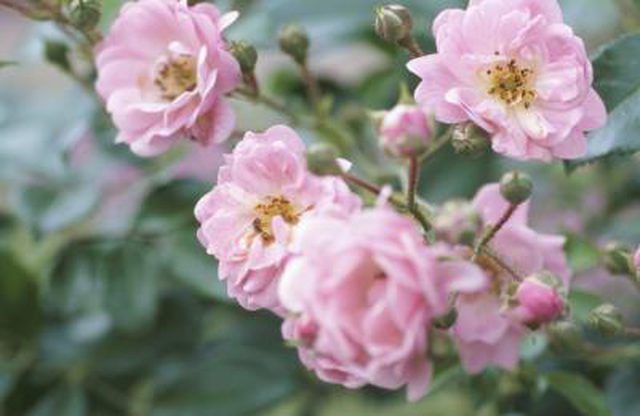Bulbs
Flower Basics
Flower Beds & Specialty Gardens
Flower Garden
Garden Furniture
Garden Gnomes
Garden Seeds
Garden Sheds
Garden Statues
Garden Tools & Supplies
Gardening Basics
Green & Organic
Groundcovers & Vines
Growing Annuals
Growing Basil
Growing Beans
Growing Berries
Growing Blueberries
Growing Cactus
Growing Corn
Growing Cotton
Growing Edibles
Growing Flowers
Growing Garlic
Growing Grapes
Growing Grass
Growing Herbs
Growing Jasmine
Growing Mint
Growing Mushrooms
Orchids
Growing Peanuts
Growing Perennials
Growing Plants
Growing Rosemary
Growing Roses
Growing Strawberries
Growing Sunflowers
Growing Thyme
Growing Tomatoes
Growing Tulips
Growing Vegetables
Herb Basics
Herb Garden
Indoor Growing
Landscaping Basics
Landscaping Patios
Landscaping Plants
Landscaping Shrubs
Landscaping Trees
Landscaping Walks & Pathways
Lawn Basics
Lawn Maintenance
Lawn Mowers
Lawn Ornaments
Lawn Planting
Lawn Tools
Outdoor Growing
Overall Landscape Planning
Pests, Weeds & Problems
Plant Basics
Rock Garden
Rose Garden
Shrubs
Soil
Specialty Gardens
Trees
Vegetable Garden
Yard Maintenance
How to Grow Beautiful Roses for Beginners
How to Grow Beautiful Roses for Beginners. Roses are beautiful additions to any landscape, and contrary to popular belief they are not particularly difficult to grow. With the right information and a little attention to detail, you can have beautiful, healthy roses filling your flower garden with fragrance and beauty.

Roses are beautiful additions to any landscape, and contrary to popular belief they are not particularly difficult to grow. With the right information and a little attention to detail, you can have beautiful, healthy roses filling your flower garden with fragrance and beauty.
Things You'll Need
Garden clippers
Shovel
pH test kit
Coffee grounds
Watering equipment
Identify the ideal location for your roses. They will need several hours of direct sunlight each day, but you don't want to put them where there is no shade time. Ideally, an area with about five to six hours of sunlight and a few hours of late shade would be perfect. Roses should be planted away from bigger plants and shrubs that can pull the water supply away from them. Once you've selected your location, planting is fairly easy.
Clip or gently pull off any dead leaves. If you're beginning with bare-root plants, soak the roots overnight in water before planting. If you're using potted plants, gently tease the plant out of the pot and, holding either side of the soil and roots, rotate your hands back and forth to loosen the soil around the roots a bit.
Dig your hole approximately 12 to 15 inches deep (depending on size of plant and your climate) with about the same width as the widest part of the rose plant. If planting a bare-root plant, you'll need to mound up the dirt in the center of the hole, place the root of the plant on the mound and fill it around the mound. Potted plants can be placed directly into the hole and filled in. Add water at different intervals so the roots are sure to get moisture. Do not fill in too high or too tightly around the base of the plant. It needs to be firmly planted and allow enough additional soil for settling, but if you pack the dirt too tightly, you cut off oxygen to the root system. Water the plant gently around the base once it is planted.
Water regularly, particularly in the first planting season. If you're getting rain regularly, that is the best source; however, if it is dry you need to water your roses several times a week. Always water at the base, not from a sprinkler or overhead soaker. Wetting the blooms and leaves encourages disease and pests.
Check soil pH with a test kit. Roses prefer a slightly acidic soil, with a pH level no higher than 7. If your soil is more alkaline, add coffee grounds around the base of your roses and water them in. Mulching your soil helps to hold in the moisture and some mulches actually act as a deterrent for pests. It also nourishes the soil and helps protect the plant in cold temperatures.
Examine your roses for aphids. Aphids can be a real problem for rose gardeners. If you see a spider web around your rose, it is a wonderful thing. For your safety, identify the spider. If it is a common orb weaver, your roses have a friend, indeed! These spiders feed on aphids, as do ladybugs and a number of other natural enemies. Be careful using spray pesticides on roses, as they can blotch the leaves.
Tips & Warnings
Keep roses trimmed back to encourage growth and blooming.
Trailing or climbing roses should planted with their growth in mind, and you should guide them along the trellis, wall, etc., where you want them to grow.
Some hybrid roses are more temperamental to grow and some are best grown in specific planting zones. Also check for roses that grow well in your area before purchasing plants.